
How Women’s Weekly editor Nicole Byers refreshed an 85-year-old brand
The Australian Women’s Weekly is 85 years old this year, and new editor-in-chief Nicole Byers is finally settling in. Zoe Samios speaks with Byers about being at the helm one of Australia’s leading women’s brands.
In a small store in the Kangaroo Valley eighteen months ago, I stumbled upon some old magazines.
They were bigger than I’d ever seen, closer to A3 in size than A4, but still in colour. Flicking through, the ads reflected a period of time in which women were still seen as the stay-at-home mother.
As I was looking through these magazines I started seeking out particular titles: The Australian Women’s Weekly, Woman’s Day or New Idea.
And there I found them:
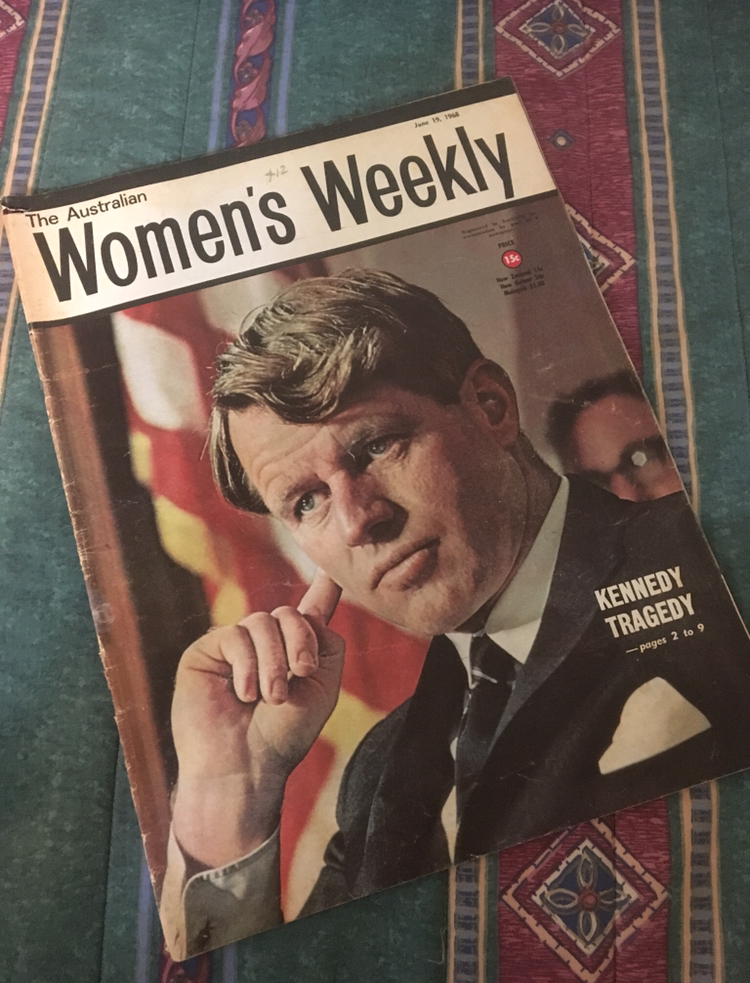
A 1968 copy of The Australian Women’s Weekly
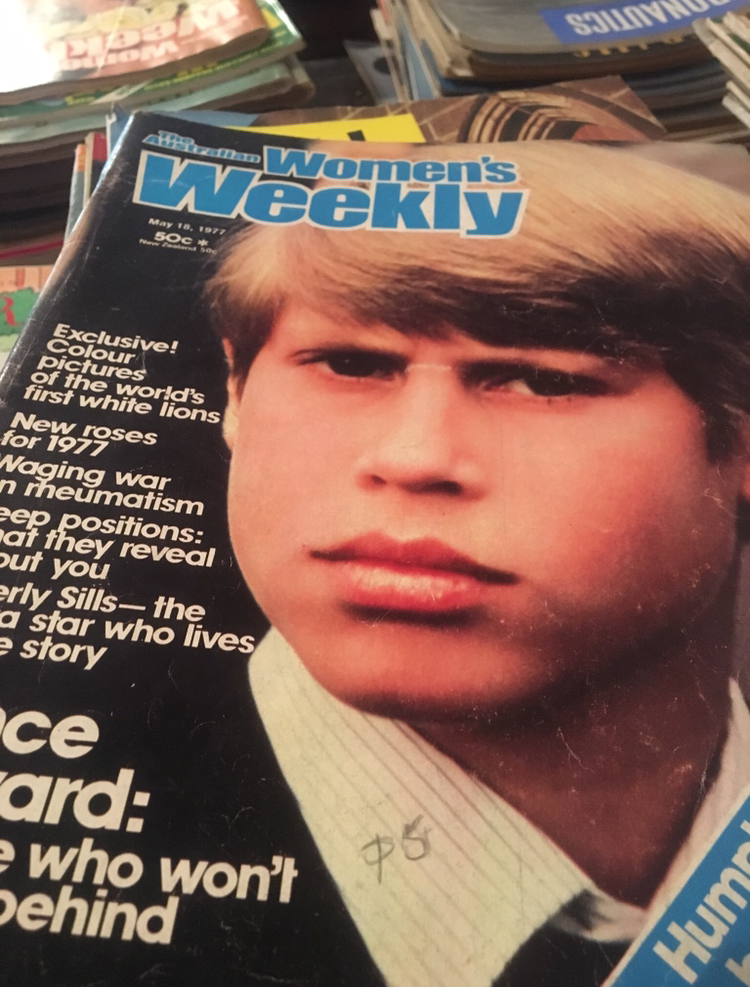
Another copy, from 1977
Jump forward to 2018 and I’m on a phone call with Nicole Byers, editor-in-chief of the Australian Women’s Weekly.
It’s almost been a year since Byers, the former editor of OK Magazine, took the helm of one of what is arguably Australia’s strongest female brands.
In that time, her company has undergone a number of structural changes, including integrating digital more closely with the print side of the business, a re-design of the print product and a Royal wedding, which consumed publishers globally just two weeks ago.
Like any editor, starting at a new publication presents its challenges. But there’s something different about an editor starting at an 85-year-old brand like the Australian Women’s Weekly.
The legacy and heightened awareness of the editor at its helm is something unique to the brand.
‘As soon as you mention the weekly everyone sort of gasps and it’s got this incredible history to it’
For Byers, this was her biggest challenge. And with legends like Ita Buttrose counted among former editors, the battle has been looking for ways to progress the title, without tearing away at the stables of the brand.
“It’s 85 years old this year. It’s not the kind of brand that you come into and revolutionise overnight, because it certainly doesn’t need it. It continues to be one of the strongest or the strongest brand in Australia,” Byers says.
“It’s also about evolution and you have to continue to evolve. That’s the reason why this title has been so strong for 85 years. People consider it this heritage brand, but when you look back, it has pushed some boundaries that reflected the times and it has evolved and changed.
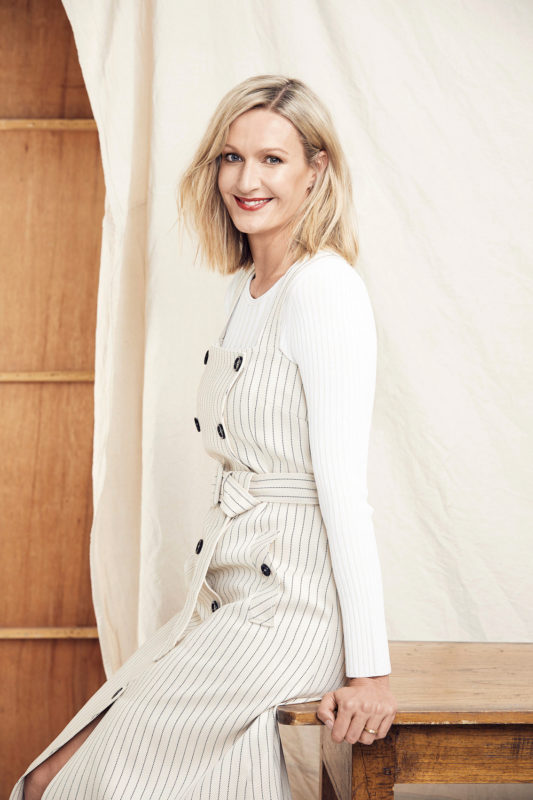
New editor-in-chief Byers joined the title last year, after the abrupt departure of editor Kim Doherty
“The challenge has been that weight of expectation. As soon as you mention the weekly everyone sort of gasps and it’s got this incredible history to it. So you always want to be very respectful of that and make sure that you’re continuing the legacy in a positive way and that causes some adrenaline in those early months.
“But the more I get to know the readers and get across what I feel is going to be a new direction for the brand and more comfortable I get,” she says.
But unlike the decades when the print publication was the star of the show, today, Byers has other focuses. This week saw the launch of the sixth Women of the Future Awards, and she’s only just recovering from the High Tea the AWW hosted for readers after the Royal wedding.
For Byers, it’s events like the Women of the Future that help build the Women’s Weekly brand and its legacy.
“We have always strived to bring positive change to people’s lives and we have come across so many stories every month – more than we can ever print – about women who are doing just that. The only barrier between some women actually getting on and realising their dreams or making a difference is that little push.
Moving the brand into the future
Revolutionising Australian Women’s Weekly hasn’t been easy. And unlike other redesigns, Byers has been constrained by a strong brand in the refresh of the title earlier this year.
“My thing was just to come on board and find a way to evolve it so we could keep that loyal readership really engaged and happy but also attract a new generation of women to the title,” she says. “How do we engage those new generations further and continue to grow?”
“We had a bit of a redesign with a new contemporary font aesthetic and looking at things differently. What we’re trying to do now is just bring a bit of a contemporary feel to those photoshoots.”
What perhaps has become a more a common struggle in recent years is establishing the AWW voice in a very cluttered market.
The last few years have seen a number of digital publishers join the likes of women’s platform Mamamia in becoming outlets for news and lifestyle-related content for women.
And while The Australian Women’s Weekly has had its place in that area for years, the players continue to emerge.
This year will also see the launch of Future Women, a venture started by former AWW editor-in-chief McCabe.
Byers isn’t too concerned.
“It’s a moving space, isn’t it. The fans are shifting really rapidly. What is really important for Bauer is to be harnessing that trust that the brands have. The more clutter that you get in that space, the more people go back to ‘what can I trust?’
“As long as we stay true to that and make that the central focus of our strategy in whatever form it takes as it changes over the years to come is going to be our key to success.”
“In this world of fake news and Facebook scandals, they’re going to really come back to that trusted voice and that’s something we can do really well and that newcomers to the space can’t replicate.
The monthly Women’s Weekly has long been a print stable. However, times are changing. For Byers, the print product remains the “flag-bearer”, but there is more to be done in the digital space. Balancing those two platforms is a “constant battle”, Byers says.
“We do know there’s a slightly different audience on our social media platforms and our digital networks.
“It’s about finding a way to deliver what those people need with more immediacy. It’s almost at odds to the style of The Weekly, which is a much more considered long-form journalism approach that sometimes takes months to pull together. So it is obviously a constant challenge to keep that balance in print.”
But print, she says, has to be the lead for the AWW.
“It’s going to be a long time till we have 85 years in digital, so 85 years in print is nothing to sneeze at,” she says.
I ask her if The Australian Women’s Weekly would ever go quarterly and she’s shocked, joking that it would be more fitting to go weekly.
And while we laugh about it something still rings true – a print title is less than likely to become a weekly these days. And despite its name, it doesn’t appear there will be more regular editions of AWW anytime soon.
“No, I certainly don’t see [moving to quarterly] any time in the near future. You can never say never down the track, because who knows what the future holds.”

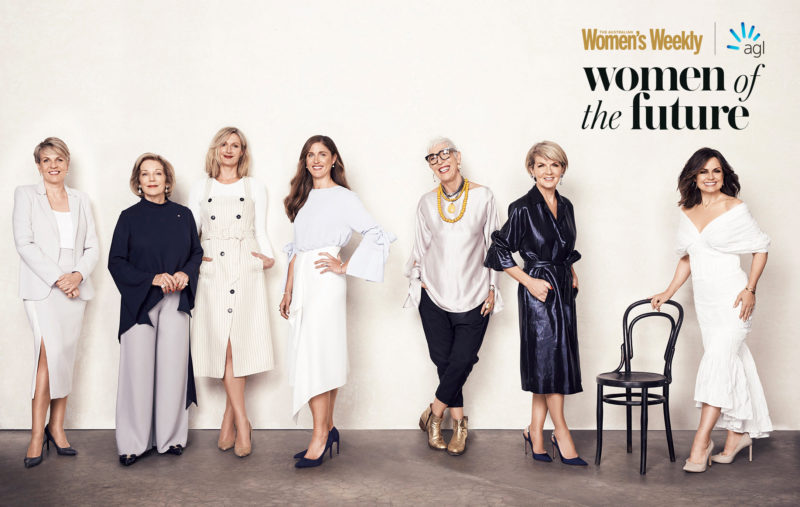
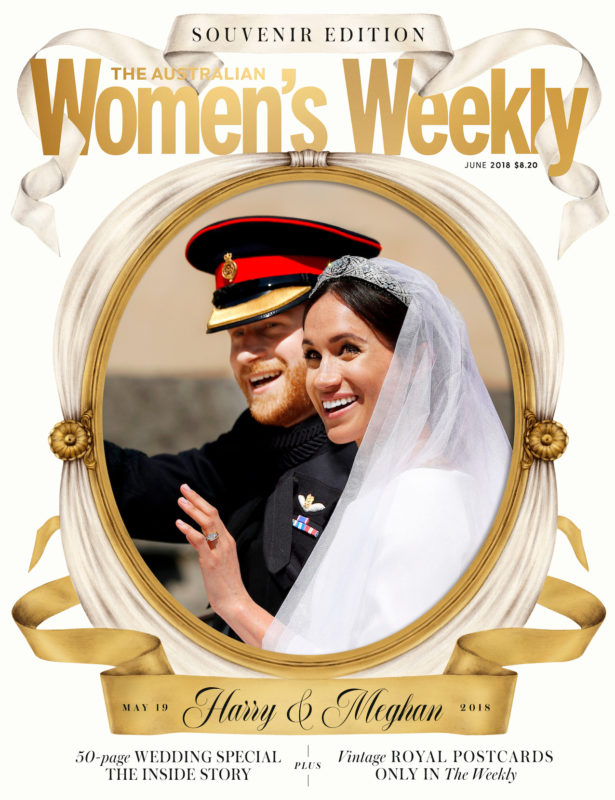

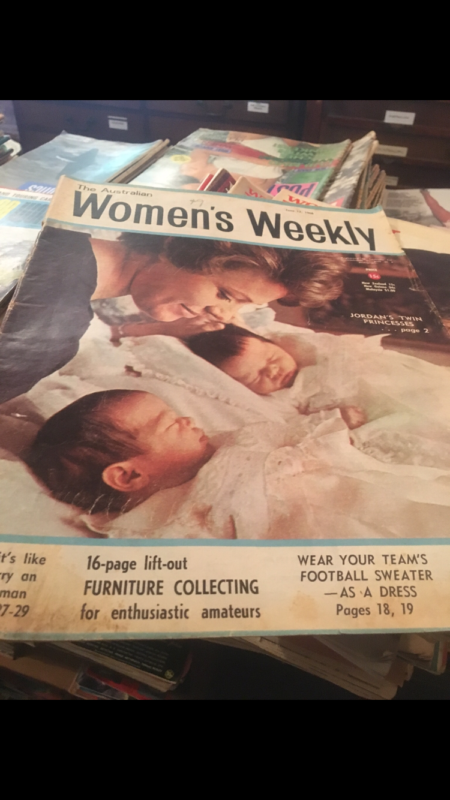

Well the fact that AWW is 85 years old shows how out of touch they are with 21st century society and indicative of the values they hold. AWW its time to retire, you’ve had your hey day. Back to your coffin you dried up old crypt keeper!
I think there is an error in the second last par:
‘” more regular additions of AWW ” . . . try “ëditions”
Thanks for picking that up, Richard. We’ve corrected the mistake.
Regards,
Paul
@ Kim D On the contrary, reaching 85 years in what was for decades a hugely competitive market (if I recall correctly, Australia’s magazine consumption was once the highest per capita in the world) which would appear to prove that the AWW HAS managed to keep up with and reflect the status quo by outlasting dozens of other titles that would fit your shallow “21st century” model. That you feel the need to denigrate the publication for no valid reason other than its longevity (which would have to be the envy of many other media and entertainment sources) and with no thoughtful or intelligent critique to offer simply illustrates you’re the one who’s out of touch. You’ve made the values you hold abundantly clear; perhaps take your own advice and get back in your box.
Well I personally think AWW has never been more relevant, it has successfully retained the proud history of the much loved title while giving it a real up to date feel and look.
A totally unbiased, and very proud, father.
Mike Byers
Good one you Mike and congratulations Nicole… you go girl!
Congratulations Nicole and well done on the wonderful royal wedding issue and the redesign. I had the pleasure of editing AWW for the 75th Anniversary. It’s a truly incredible brand and long may that continue. Look forward to seeing it continue to evolve under your helm.
My mother (dec) collected The Australian Woman’s Weekly over many many years , we use to sit together and the excitement of reading these together are fond memories I will never forget. Just recently I was looking through some with my adult children , some dating to 1960, we couldn’t stop laughing at some of the ads and the fashions and hair do’s , absolutely brilliant magazine , Thankyou to all whom publish it , regards Andria